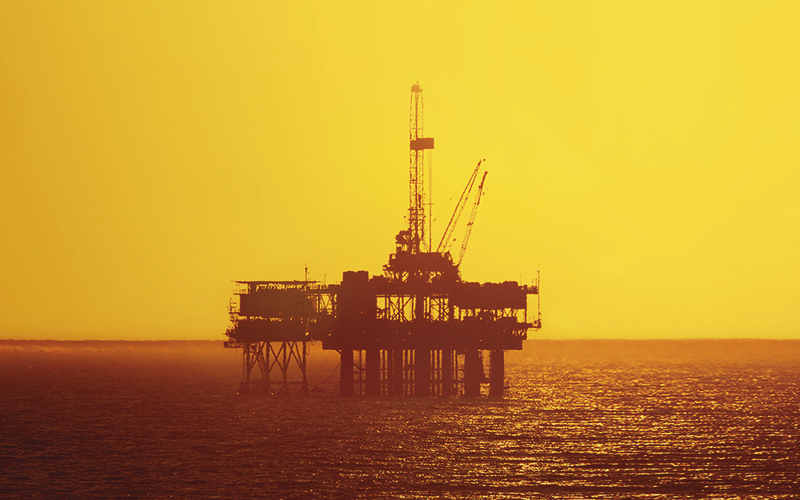Drilling down into data
Data-driven solutions are improving drilling performance, says James Gavin from Upstream Intelligence, but the full potential for the US oil and gas industry remains untapped.

With increased diagnostic capacities, the oil and gas industry is slowly migrating from a reactive approach to one in which there is better prediction of future events. Predictive maintenance technologies enable a closer look at the performance data coming from the equipment and to identify failure before it occurs, so that preventative maintenance measures can be undertaken, rather than fixing something after it has broken.
Unlocking valuable information
One example of predictive analytics arrived in 2016, when US-based National Oilwell Varco unveiled its Rigsentry system, which collects information from the subsea blowout preventer (BOP) control system sensors to monitor cycle, flow, runtime and time-in-service data from equipment components. The subsea equipment undergoes constant analysis to detect any latent failures. This end-to-end predictive solution can foresee operational failures in critical components of subsea BOPs with a prediction horizon of 14 days.
Condition-based maintenance is another form of predictive maintenance. In November 2016, GE and Maersk Drilling announced that they were collaborating on a data analytic-driven pilot project aiming to increase Maersk’s drilling vessels’ productivity and reduce maintenance costs by up to 20%. Operational sensor data from critical equipment is connected to a historian – a specialised server that stores the data needed to build a virtual model of the drilling operation. The sensor data minutely registers how the drilling equipment is behaving and being operated.
By building this ‘digital twin’, digital software can then help compare assets to assets and provide access to vessel performance against the ideal state. Big data is translated into clear dashboards with a holistic view of a vessel, which can help operators make more informed decisions.
Tim Schwenker, President and CEO of GE’s Marine Solutions, said, ‘With the present period of prolonged energy price instability, we believe data analytics tools provide the right technology that will help the industry going through current downcycle and maintain sustainable growth for the future.’
Growing popularity
Condition-based maintenance tools are designed to improve equipment maintenance on offshore rigs and are expected to be adopted more widely across the US oil and gas landscape. More real-time, shore-based control centres would facilitate this uptake. Today, these are mainly operating in a supervisory role, but will likely adopt a more controlling role over time when confidence in the technology develops. The reason for predictive analytics’ growing popularity is simple, says Moray Laing, Chairman of the Society of Petroleum Engineers’ Drilling Systems Automation Technical Section. ‘If you don’t have accurate sensors, then you need to be able to do some form of probability or understanding of uncertainty in your use of the physics.’
He adds that with predictive analytics, you can understand that uncertainty and quantify it in real time. That enables better decisions to be made. ‘It’s like the old red engine light we used to have in a car. Today, this is enhanced with quantitative information about what the problem is and how many miles you can travel before you need a service. Predictive analytics enables us to take raw unconditioned information and enrich and condition it into information that enables better decisions.’
Overcoming barriers to change
The wider potential for digital methods and technologies to transform the performance of the US oil and gas sector is substantial. Predictive analytics are already being deployed to strong effect to enable drilling operations to become far more efficient and better adapted to a lower-for-longer oil price climate. But there are clear obstacles preventing US oil and gas stakeholders making more rapid use of these technologies. The lack of an agreed system covering data ownership, means operators, rig owners, service providers and others are still working on different playing fields. Coordination is necessary, but industry risk aversion is an issue.
Efforts are underway to evolve a new modus vivendi that will ensure the US oil and gas sector is leading the pack, in terms of data-driven drilling solutions. The path is clear. Now oil and gas stakeholders in the US can make a start in showing other industries how the barriers to change can be overcome.






Follow us
Advertise
Free e-Newsletter